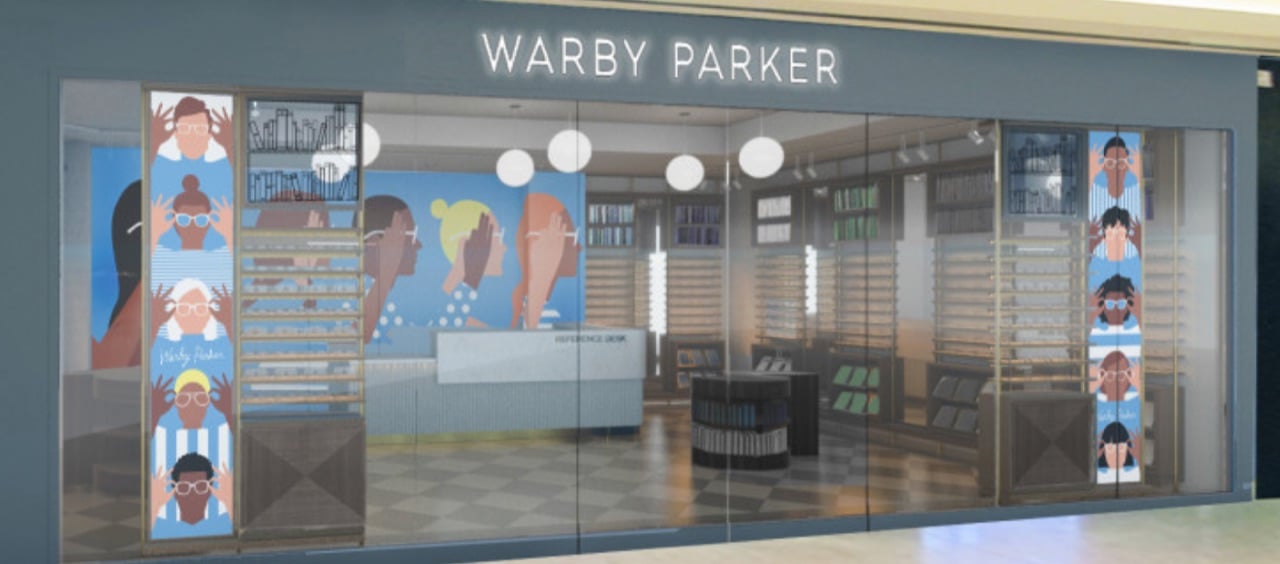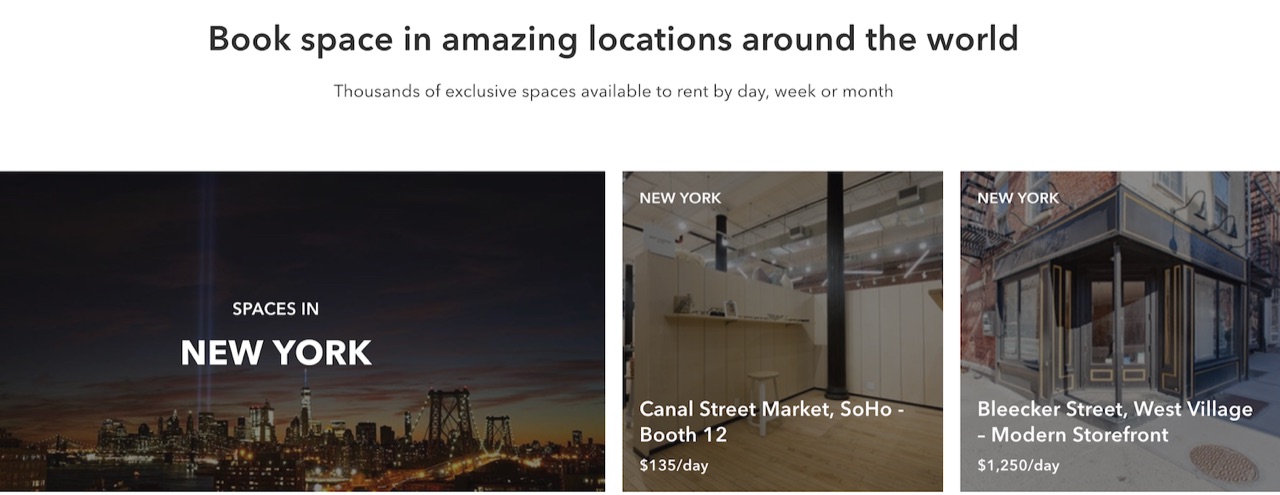With all the talk of a “retail apocalypse,” you might wonder why any merchant would want to open a brick-and-mortar store. Yet several successful ecommerce companies are now operating physical stores and the trend seems to be picking up in 2018.
Some of the most successful online sellers, who have contributed to the demise of the brick-and-mortar competition in their product category, now have physical locations. For example, Amazon, which greatly impacted independent bookstores and book chains, has now opened 15 large format bookstores in eight states with plans to open more. Amazon also owns Whole Foods Market with its 479 stores in North America and the United Kingdom.
Why Physical Stores?
Physical stores act as a complement to online sales. Physical stores also offer an easier and free way for customers to return items purchased online. Customers who pick up and exchange items in store tend to buy extra items. And many shoppers still prefer to view, try on, and touch products before purchasing them. Importantly, brick-and-mortar shopping generates higher conversion rates than online only.
Sometimes there is a need for specific expertise that an online shopping experience does not provide. Consider Warby Parker, for example. Established in 2010, this eyeglass frame merchant mails up to five frames to potential customers to try on at home for free, accompanied by instructions on how to get a good fit. It also provides online videos. Consumers then return all the frames with the measurements for the selected frame.
Many observers doubted whether consumers would feel comfortable performing the tests and adjustments themselves. But Warby Parker has been wildly successful, probably because it has a wide selection of frames that are less expensive than the competition. Nevertheless, the company knew that it was not reaching a substantial number of potential customers who would not order frames online.
Warby Parker now has 65 retail locations in the United States and Canada with plans for another 40 in 2018. In 2017, more than half of the company’s sales came from physical stores, evidence that most people feel more comfortable with professional assistance when buying eyeglass frames. Some stores also offer eye exams.

Warby Parker now has 65 retail locations in the United States and Canada, including this store in a Denver mall. Source: Warby Parker.
Similarly Caspar, which formerly sold its mattresses online only with a 100-night free trial and free shipping and returns, now has 18 stores in several states. Caspar cannot resell returned mattresses; it donates them to charity instead. But the cost of that practice is high. Caspar’s omnichannel approach solves a problem for a product that customers need to touch.
Among smaller online merchants who have taken the brick-and-mortar leap are (a) Bonobos, a men’s fashion merchant that does not stock its physical stores with inventory, (b) Allbirds, a natural materials athletic shoe purveyor, and (c) beauty product merchants Glossier and Madison Reed.
Online Brands Better?
Ecommerce merchants are having success with physical stores while traditional retailers are failing— especially mall-based chains. Some online brands are opening stores in malls, but most are opening standalone storefronts, especially in urban areas such as New York, San Francisco, and Seattle.
It appears that ecommerce brands are better than traditional retailers at integrating digital applications into a physical presence. It’s easier for a nimble internet seller that adapted to mobile shopping years ago to offer a seamless omnichannel shopping experience. Successful ecommerce fashion brands have long offered virtual fitting rooms and 3D imaging. They are more skillful at offering an experiential shopping experience than conventional brick-and-mortar retailers.
Integrating mobile apps give brands the ability to personalize an in-store visit. A consumer can walk into a clothing store, have measurements taken by an employee, and then save those measurements in a mobile app. The store can send personalized fashion recommendations to the consumer with a likelihood the recommendations will be the right size and style. This works regardless of whether the store holds inventory or acts only as a showroom.
Retail Space Expensive
Retail space is expensive, especially in major cities with lots of foot traffic. Often ecommerce merchants start their brick-and-mortar efforts in high-income zip codes in major cities and, if successful, they venture into more areas. Some start with pop-up stores to gauge interest and then lease permanent space.
Pop-ups are a good alternative for small ecommerce brands to show their goods around the country. Marketplaces for short-term retail spaces are emerging. One of those is Appear Here, which operates more than 1,000 locations collectively in Europe and New York. It has worked with 80,000 brands to find short-term retail locations. The terms are flexible — space can be rented on a daily, weekly, or monthly basis for either pop-ups or longer-term arrangements.

Appear Here rents retail space on flexible terms. Source: Appear Here.
Appear Here also matches real estate owners that want to rent-out retail space with merchants that need a physical presence. A store within a store has become a popular way for internet sellers to obtain space.
A brick-and-mortar presence — no matter how limited — may become a necessity even for small internet sellers that have a unique and established brand.